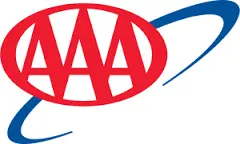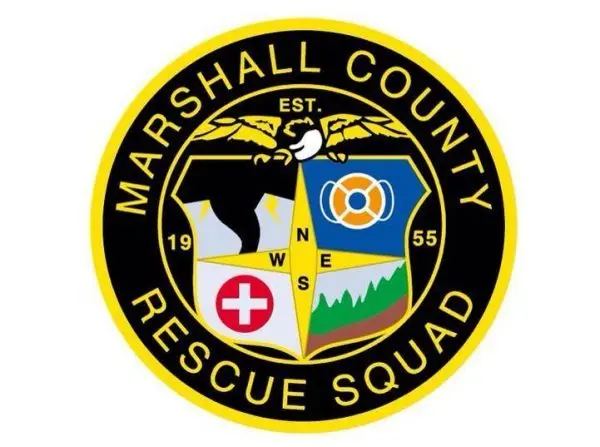
(BENTON, Ky.) — As clocks turn back one hour this weekend, AAA is urging motorists to prepare for driving conditions that could pose heightened risks to pedestrian safety.
The end of daylight saving time brings an extra hour of sleep Sunday morning, but also ushers in brighter morning commutes, darker evening drives, and disrupted sleep patterns that can affect driver alertness.
“While the extra hour of sleep may feel nice on Sunday morning, the time change can lead to greater risks behind the wheel,” said Lynda Lambert, safety advisor for AAA East Central. “The time change can affect concentration, attention and decision making, so motorists should take extra precautions in the weeks ahead to avoid putting pedestrians in harm’s way.”
Sleep Disruption Poses Serious Risk
Research from Stanford University and Johns Hopkins University shows the effects of time changes on drivers can persist for up to two weeks. Combined with earlier sunset times, these disrupted sleep patterns create conditions ripe for fatigue-related crashes.
The National Sleep Foundation reports that drowsy drivers are responsible for more than 6,400 deaths and 50,000 serious injuries on U.S. roadways annually.
Despite widespread awareness of the danger — 95% of motorists view drowsy driving as very or extremely dangerous, according to the 2020 AAA Traffic Safety Culture Index — 17% admitted to driving while struggling to keep their eyes open at least once in the 30 days before the survey.
Safety Recommendations for Drivers
AAA advises motorists to:
Get adequate rest and watch for signs of drowsy driving, including difficulty keeping eyes open, lane drifting, or memory lapses about recent miles driven. Exercise increased caution for deer, as November and December mark peak months for deer-vehicle collisions. Wear quality sunglasses to combat morning glare and adjust sun visors as needed. Reduce speeds and increase following distances, particularly in populated areas. Minimize distractions from phones, entertainment systems, and other devices. Turn on headlights to improve visibility to pedestrians during morning and evening hours. Yield right of way to pedestrians in crosswalks and never pass vehicles stopped at crosswalks.
Pedestrian Safety Tips
AAA also recommends pedestrians cross only at designated intersections or crosswalks, use sidewalks when available, wear bright or reflective clothing after dark, avoid distractions like phones or headphones, and ensure bicycles are equipped with lights for nighttime riding.








